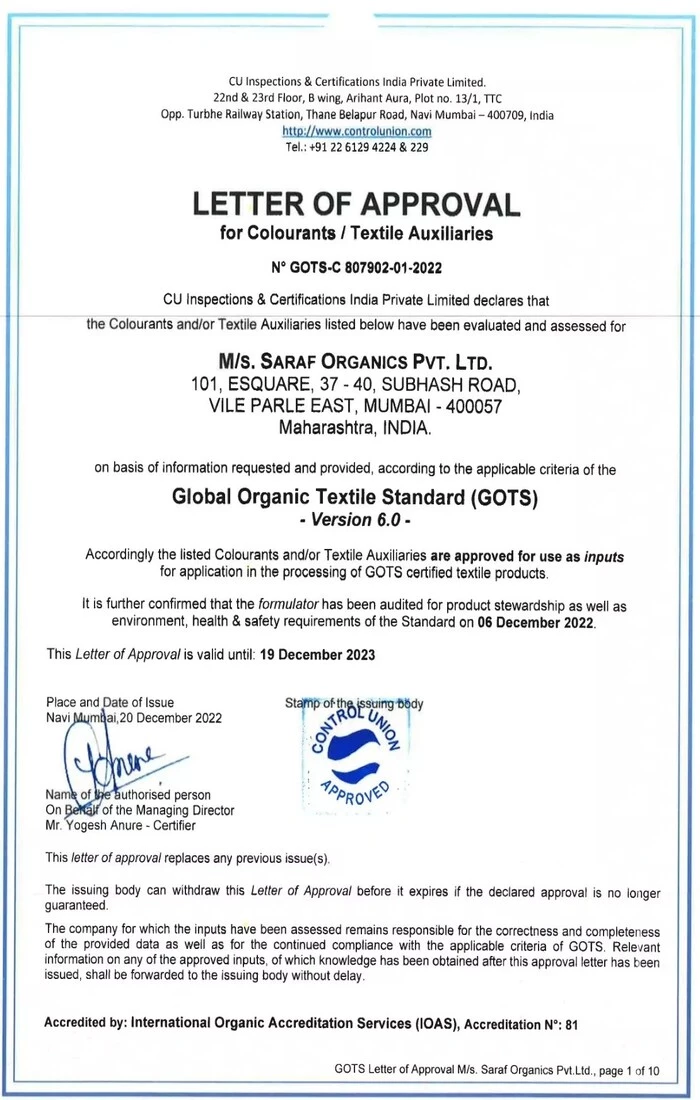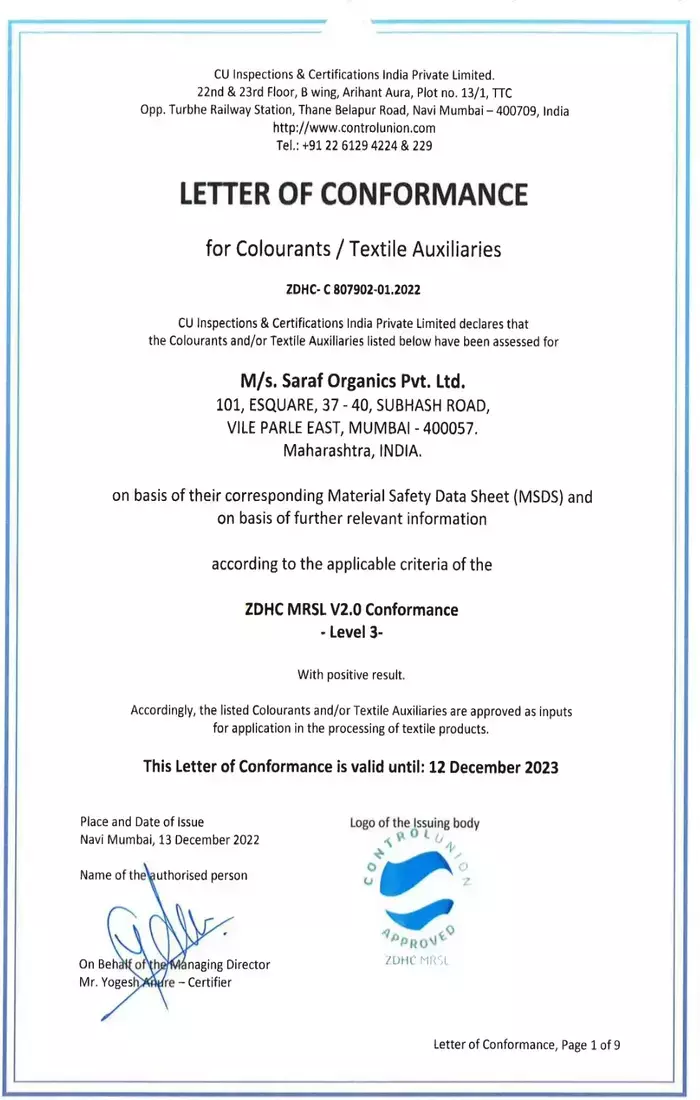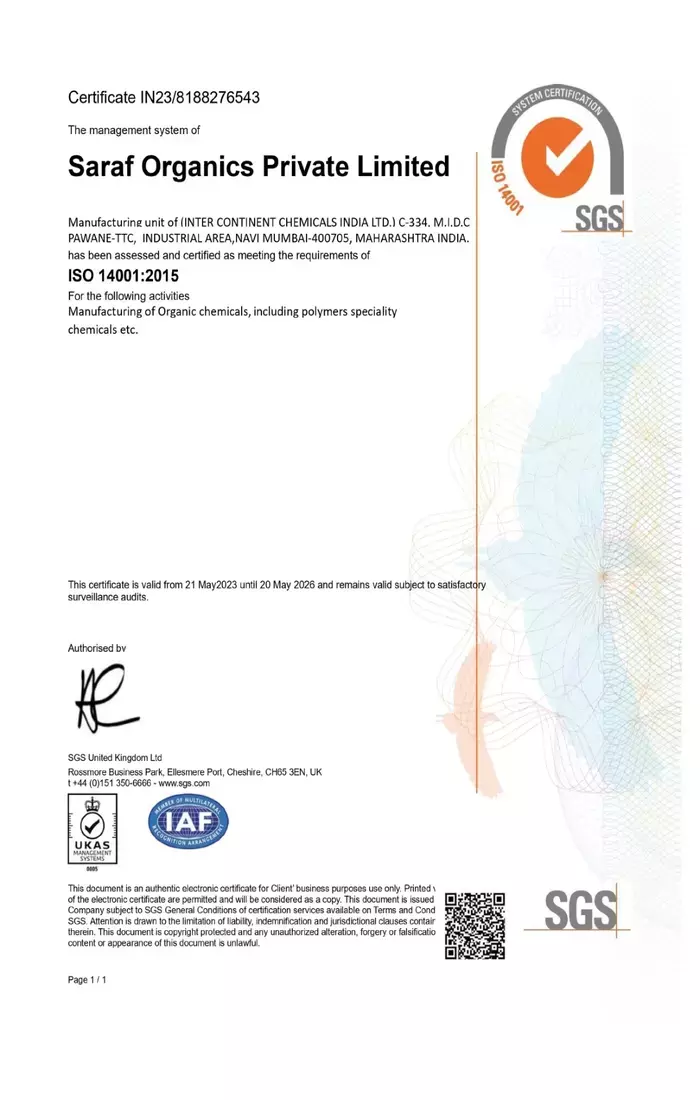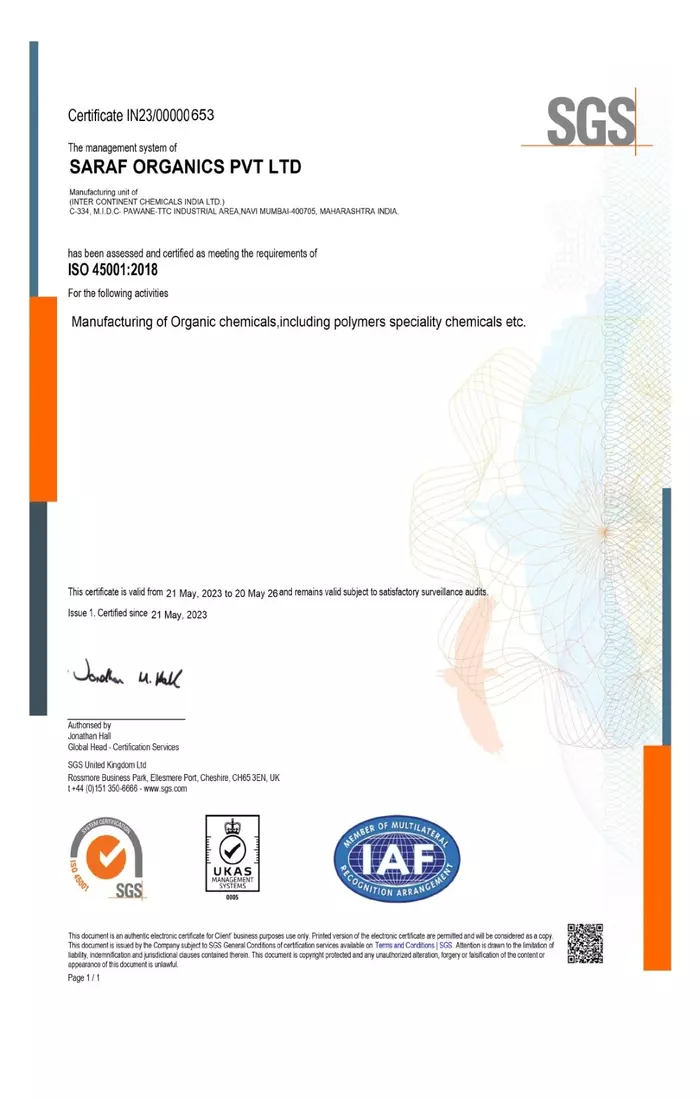Function of Soaping Agents
Removal of Excess Dye
Soaping agents facilitate the removal of excess dye that has not bonded with the fiber.
Improvement of Color Fastness
Soaping helps improve color fastness by eliminating loosely attached dye molecules.
Prevention of Dye Bleeding
Proper soaping reduces the risk of dye bleeding or color migration during subsequent wet processing or garment care.
Types of Soaping Agents
Anionic Soaping Agents
These are soaps or detergents with anionic (negatively charged) properties. They help in removing anionic and direct dyes.
Non-Ionic Soaping Agents
Non-ionic soaping agents are effective for disperse and reactive dyes.
Amphoteric Soaping Agents
These can interact with both anionic and cationic dyes.
Process Of Soaping
After the dyeing process, the fabric is typically rinsed to remove excess dye and any auxiliary chemicals. The fabric is then treated with a soaping agent in a separate bath or machine. The soaping process may involve heating the fabric to enhance the removal of excess dye. After soaping, the fabric is rinsed again to ensure that all residual dye and soaping agents are removed.
- PH Control
- Environmental Considerations
- Optical Brighteners
- Equipment








